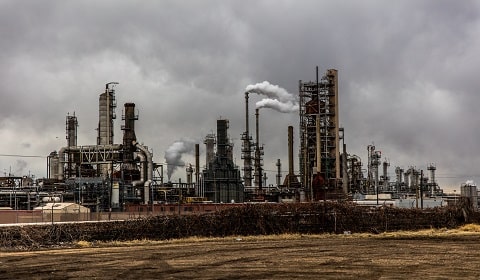
world's factory
For decades, China held the esteemed title of the “world’s factory,” a moniker synonymous with unparalleled manufacturing prowess and global dominance in exports. Yet, a seismic shift is underway as China gradually relinquishes its grip on this prestigious position. Spearheaded by Deng Xiaoping’s transformative economic reforms in the late 1970s, China’s ascent to manufacturing supremacy was meteoric, lifting millions out of poverty and commanding international trade.
However, under Xi Jinping’s leadership, a series of policy shifts and geopolitical tensions have eroded China’s economic stronghold. Escalating trade conflicts, stringent domestic policies like the “zero-COVID” approach, and a shifting global sentiment toward more diverse supply chains have collectively challenged China’s preeminence as the unrivaled “world’s factory.” This transition signals a pivotal moment in global economics, as alternative manufacturing hubs emerge and nations recalibrate their trade strategies.
World’s Factory:
The rise of China as the “world’s factory” has been a monumental chapter in the global economic narrative. From the transformative Open Door Policy spearheaded by Deng Xiaoping to becoming the paramount manufacturer and exporter of goods, China’s journey has been one of astonishing growth and progress. However, recent years under Xi Jinping’s leadership have marked a significant shift, steering the trajectory of the nation’s economy and its global impact.
Here we are going to discussing “How China is losing its position as the world’s factory”
Table of Contents
1. Deng Xiaoping’s Economic Reforms:
Deng Xiaoping’s pioneering pro-market reforms in 1978 laid the groundwork for China’s emergence as a manufacturing powerhouse. By introducing the Open Door Policy, Deng attracted foreign investment through tax incentives and favorable regulations, providing access to a vast, cost-effective labor force. Over the subsequent four decades, China lifted an unprecedented 800 million people out of poverty while dominating global manufacturing and export markets.
2. Xi Jinping’s Impact on Economic Direction:
The economic landscape began to alter as Xi Jinping assumed leadership in 2012. His focus on centralizing control and consolidating power within the State progressively infiltrated economic policies, affecting independent local governance and diminishing the vitality of the private sector. Tightening regulations and exerting control over various aspects of life, including the economy, marked a departure from the earlier pro-market approach.
3. Challenges and Slowdowns:
China’s economic growth momentum faced hurdles on multiple fronts. Escalating environmental concerns, wage regulations, and a burgeoning population impacted the pace and cost-effectiveness of production. The trade tensions instigated by the U.S. administration, particularly the tariffs imposed on Chinese goods, resulted in a substantial decline in exports, impacting the country’s economic prowess.
4. Impact of “Zero-COVID” Policy:
Xi’s stringent “zero-COVID” policy, implemented amid the pandemic, led to extended shutdowns, further hampering China’s manufacturing output. The ensuing disruption in global supply chains prompted companies to rethink their reliance on China, leading to a significant reconfiguration of supply chains, seeking more stable and geopolitically secure alternatives.
5. Shift in Global Supply Chains and Opportunities for Other Nations:
China’s economic slowdown prompted a seismic shift in global supply chains, benefiting countries across South Central and Southeast Asia. Nations like Vietnam, Thailand, Indonesia, Singapore, and India seized the opportunity, offering specialized niches in manufacturing and services, attracting multinational companies seeking more diversified and secure production locations.
Conclusion:
China’s evolution from the “world’s factory” to a more controlled economic environment under Xi Jinping’s tenure has had ripple effects on global commerce.
The reconfiguration of supply chains and the rise of alternative manufacturing hubs across Asia signal a transformational period, prompting nations worldwide to reassess their economic strategies and seek self-sufficiency in critical industries.
As China navigates these challenges, the global economic landscape continues to evolve, presenting opportunities and challenges for various nations in the pursuit of economic prosperity.

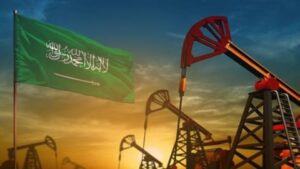
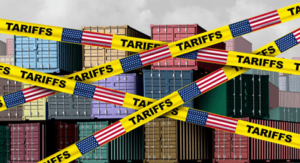

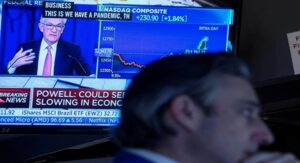
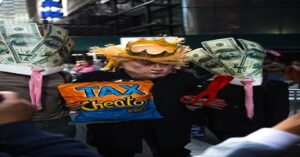
Very much useful as a student of politics science